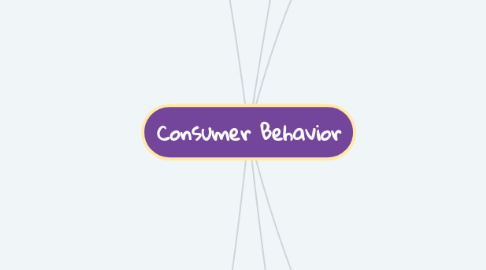
1. The Buyer Decision Process
1.1. 1. Need recognition
1.1.1. First stage of the consumer recognizes a problem or need.
1.2. 2. Information search
1.2.1. Stage of the consumer is aroused to search for more information.
1.3. 3. Evaluation of alternatives
1.3.1. Stage of the consumer uses information to evaluate alternative brands in the choices.
1.4. 4. Purchases decision
1.4.1. Buyer's decision about which brand to purchase.
1.5. 5. Post-purchase behavior
1.5.1. Stage of the consumers take further action after purchase (satisfaction / dissatisfaction).
2. The Buyer Decision Process for New Products
2.1. 1. Awareness
2.1.1. Consumer becomes aware of the new products but lacks information about it.
2.2. 2. Interest
2.2.1. Consumer seeks information about the new products.
2.3. 3. Evaluation
2.3.1. Consumer considers whether trying the new product make sense.
2.4. 4. Trial
2.4.1. Consumer tries the new product on a small scale to improve its value.
2.5. 5. Adoption
2.5.1. Consumer decides to make full and regular use of the new product.
3. Model of Consumer Behavior
3.1. Marketing
3.1.1. Product, Price, Place, Promotion
3.2. Other Stimuli
3.2.1. Economic, Technological, Political, Cultural
3.3. Buyer's Black Box
3.3.1. Buyer characteristics, Buyer decision process
3.4. Buyer Responses
3.4.1. Buying attitudes & preferences, Purchase behavior, Brand & company relationship behavior
4. Characteristics Affecting Consumer Behavior
4.1. Social
4.1.1. Reference groups, Family, Roles and status
4.2. Cultural
4.2.1. Culture, Subculture, Social class
4.3. Personal
4.3.1. Age and life-cycle stage, Occupation, Economic situation, Lifestyle, Personality and self-concept
4.4. Psychological
4.4.1. Motivation, Perception, Learning, Beliefs and attitudes

